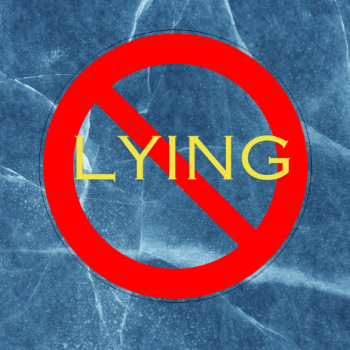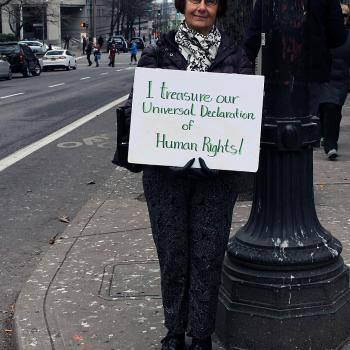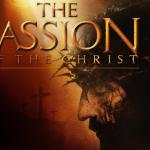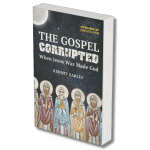For most gay Americans in the 20th century, the church was a place of pain. It cast them out and called them evil. It cleaved them from their families. It condemned their love and denied their souls. In 2004, a president was elected when religious voters surged from their pews to vote against the legal recognition of gay relationships. When it came to gay rights, religion was the enemy.
A decade later, the story is very different. Congregations across the country increasingly accept, nurture, and even marry their gay brethren. Polls show majorities of major Christian denominations — including American Catholics, despite their church’s staunch opposition — support legal gay marriage. Leaders of some of the most conservative sects, like the Southern Baptists, have moved away from the vitriolic rhetoric of yesteryear and toward a more compassionate tone. Mormons march in gay-pride parades. A sitting Republican senator, a Methodist from the heartland state of Ohio, says the question was settled for him by “the Bible’s overarching themes of love and compassion and my belief that we are all children of God.” A new pope says, “If someone is gay and he searches for the Lord and has good will, who am I to judge?”
The votes, too, are going differently these days. Ballot measures, state legislatures, and Supreme Court decisions testify to a new public consensus on gay marriage, the political issue that currently serves as the chief proxy for attitudes toward gay rights and acceptance.
Gradually, and largely below the radar, religious Americans have powered this momentous shift. In 2004, just 36 percent of Catholics, the Christian sect most supportive of gay marriage, favored it, along with 34 percent of mainline Protestants; today, it’s 57 percent of Catholics and 55 percent of mainline Protestants. Even among white evangelical Protestants, the most hostile group to gay marriage, support has more than doubled, from 11 percent in 2004 to 24 percent in 2013. “This debate has gone from a debate between nonreligious and religious Americans to a debate dividing religious Americans,” said Robert Jones, CEO of the Public Religion Research Institute, who has closely tracked the evolution in public opinion.
Read the rest here















